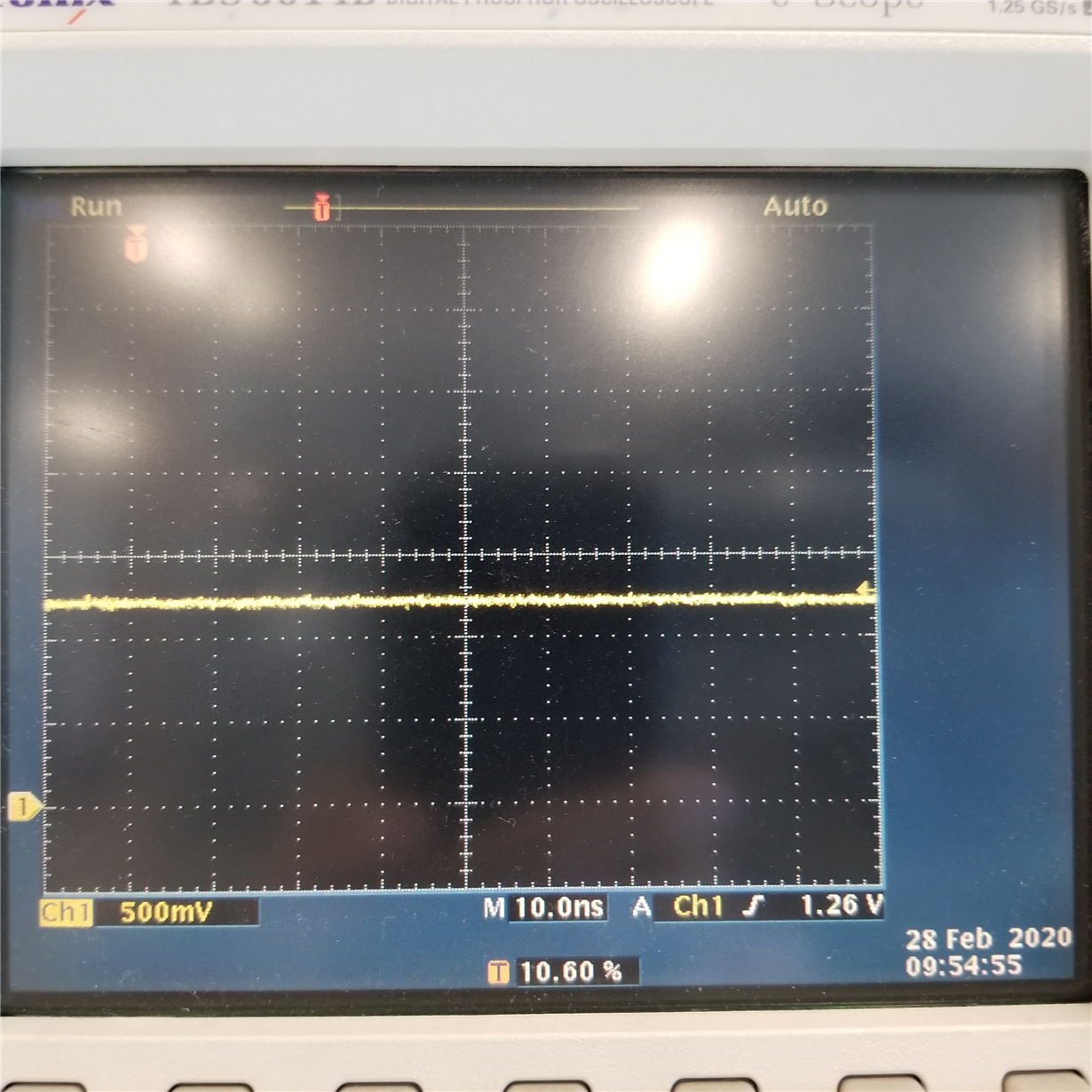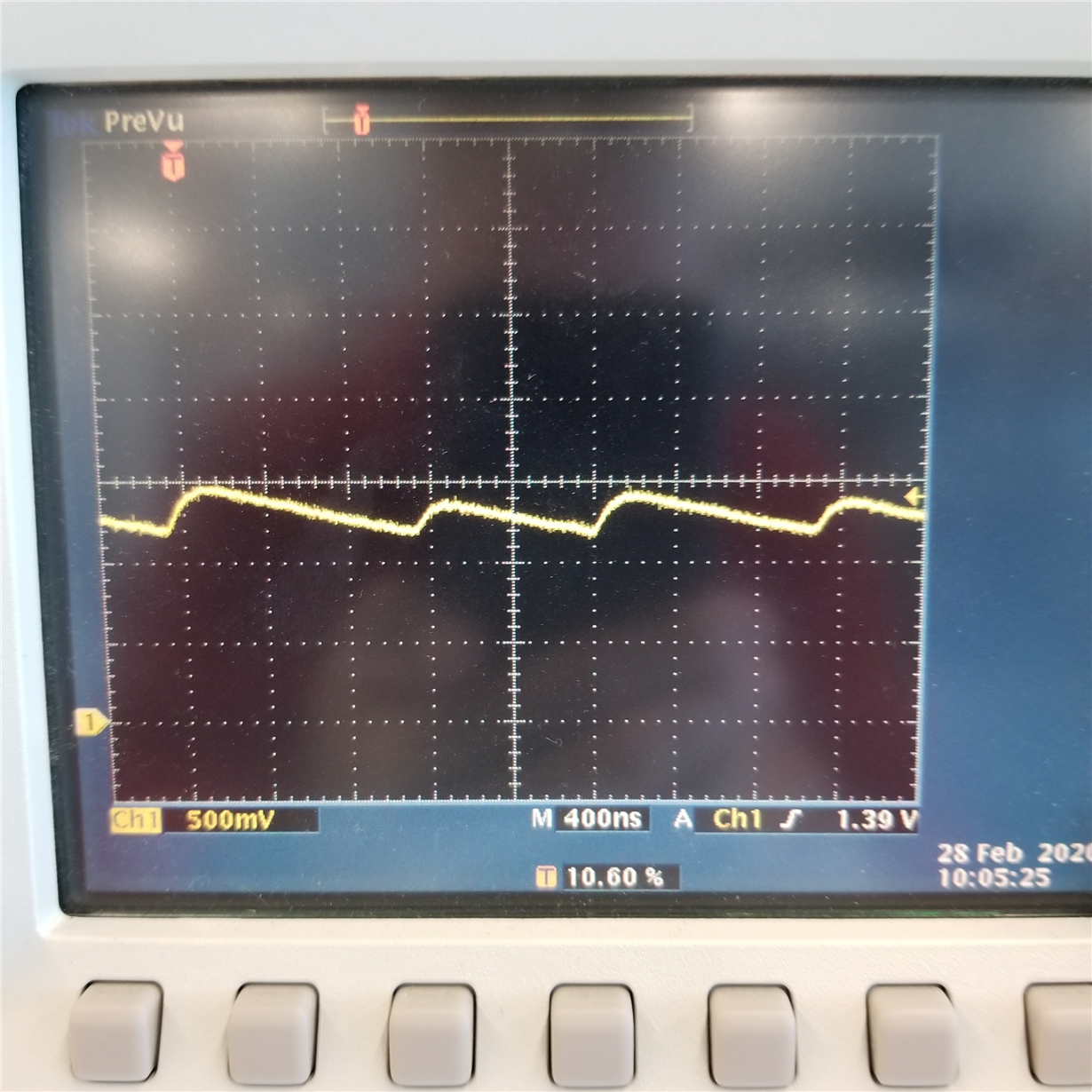Other Parts Discussed in Thread: EK-TM4C123GXL
Hi,
I built a new board with a proven core TM4C123GH6PM design I have used in the past. I brought it up in a very bare configuration (basically the chip on the board with a couple of bypass caps), applied 3.3v from a bench power supply and the chip died. It had shorted internally. I removed the chip, inspected the board again, soldered a new chip on, and got the same instant death of the chip. In both cases I had carefully inspected the board for solder shorts before applying power.
I've done this exact same thing with STM32 parts (chip on board, no bypass caps at all, applied power from bench supply) and all worked great. For the third chip I changed tactics and did what I have typically done in the past. I soldered and tested the 3.3v voltage regulator part of the board, soldered all caps including the ones for the LDO, soldered the MPU, and when I applied 5v to the regulator, the circuit worked perfectly. Before applying power, testing with a DVM across the 3.v and ground traces of the unpowered board showed an open circuit. After power was applied it was a dead short.
To be clear, I know why one applies capacitors in a circuit, what their function is, why you should have them, etc. They're in my circuit. I've been doing this for almost 40 years, so my actions were a conscious decision based on experience, not because I don't know any better. I have brought STM parts up with nothing but the chip on a board, hooked it to a bench power supply, and all works great. After I know it works, I then go in and add all the rest of the parts. I've never had one die instantly. I decided to try this with the TI chip and it died instantly.
So, my question is: Has anyone ever seen something like this before, and more importantly, know what the specific cause is?
One difference is that the STM parts don't have an on-chip LDO. The best guess I have right now is that since I didn't have the .1 uf, 1uf, and 2.2 uf trio of caps bypassing the LDO regulator, that the internal LDO regulator was unstable, put out too high a voltage and killed the chip. But that's just a guess. I also didn't have the reset pullup resistor in place, but I don't have a good reason why that would cause the chip to short out.
Any thoughts? I'd especially love to hear from any TI folks.



